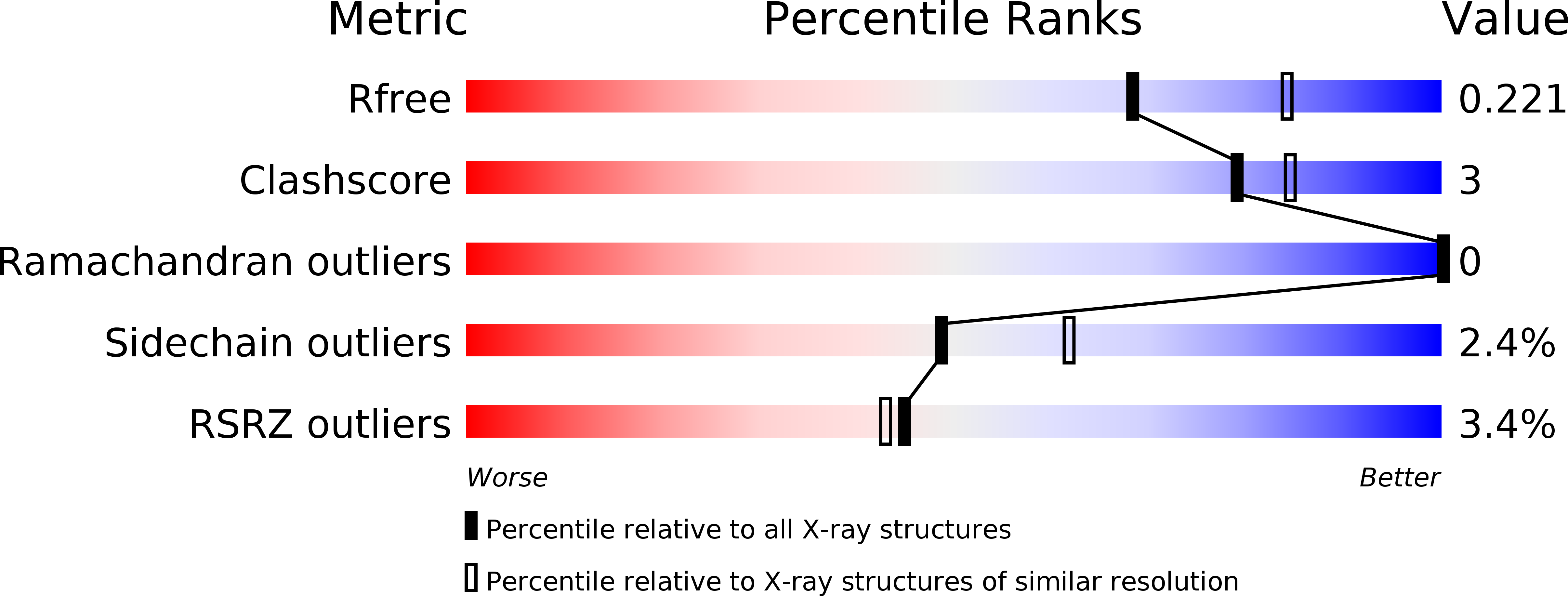
Deposition Date
2013-08-29
Release Date
2014-01-08
Last Version Date
2024-02-28
Entry Detail
PDB ID:
4MHG
Keywords:
Title:
Crystal structure of ETV6 bound to a specific DNA sequence
Biological Source:
Source Organism:
Mus musculus (Taxon ID: 10090)
synthetic construct (Taxon ID: 32630)
synthetic construct (Taxon ID: 32630)
Host Organism:
Method Details:
Experimental Method:
Resolution:
2.20 Å
R-Value Free:
0.22
R-Value Work:
0.17
R-Value Observed:
0.17
Space Group:
P 31 2 1


